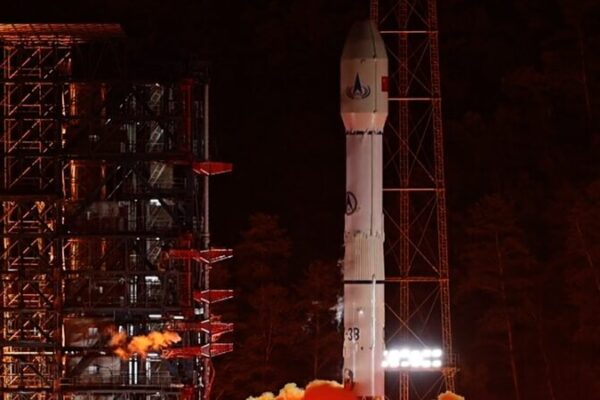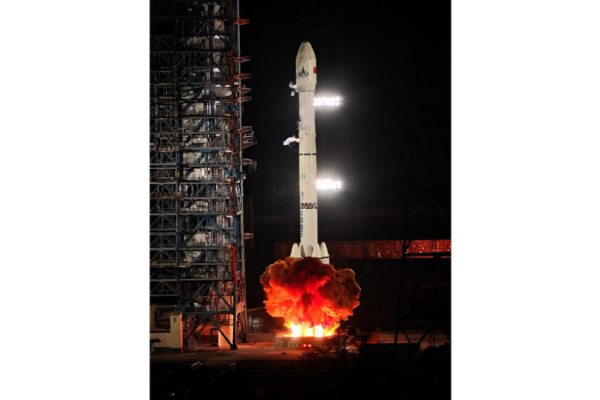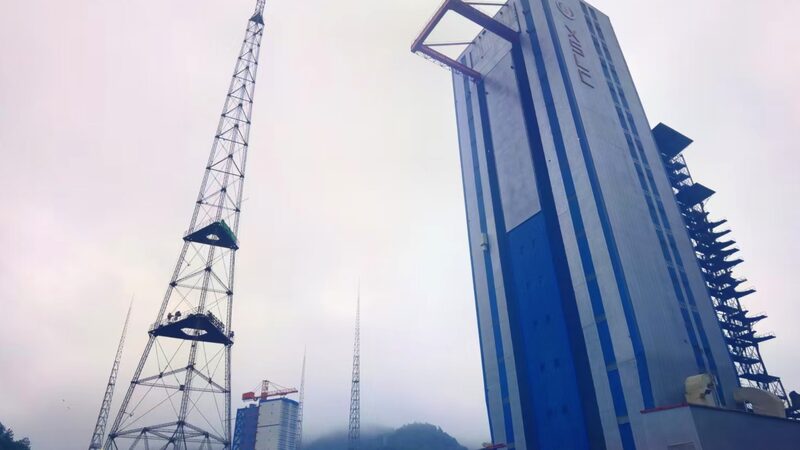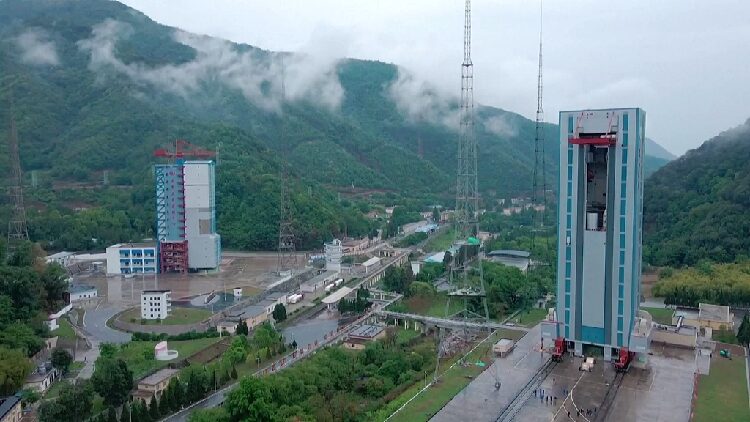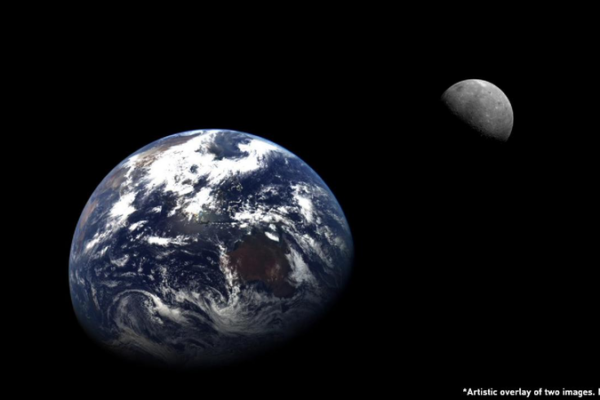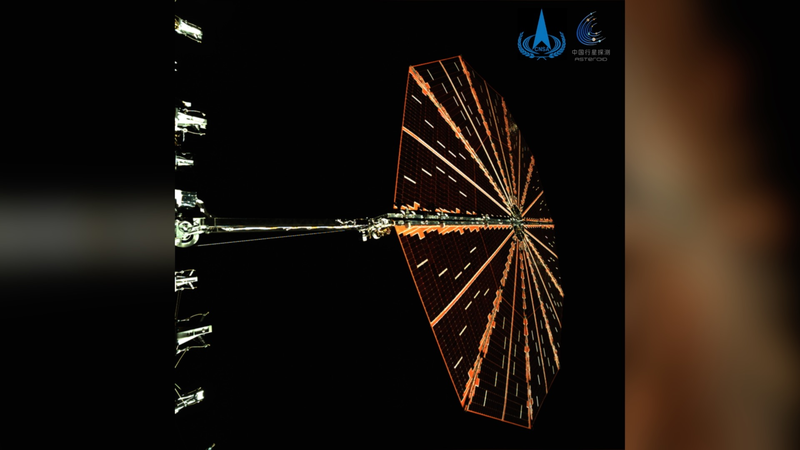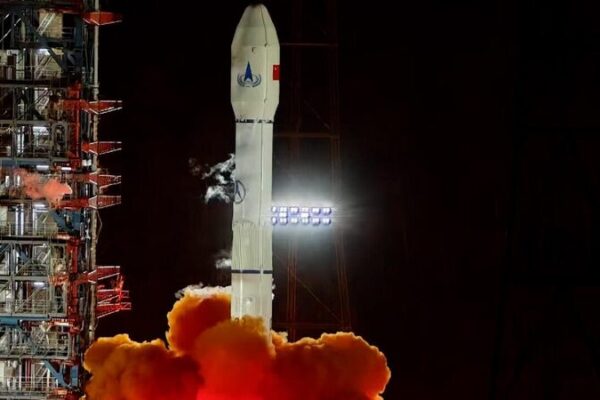China’s Tianwen-2 probe, set to embark on a groundbreaking asteroid exploration mission, has arrived at the Xichang Satellite Launch Center in southwest China’s Sichuan Province, according to the China National Space Administration (CNSA).
Scheduled for launch in the first half of 2025, the Tianwen-2 mission aims to collect samples from the near-Earth asteroid 2016 HO3 and conduct an in-depth exploration of comet 311P, the CNSA announced on Thursday.
The facilities at the launch site are reported to be in optimal condition, with preparatory work progressing smoothly as planned, ensuring the mission stays on schedule.
Asteroid 2016 HO3, known as Earth’s quasi-satellite due to its stable orbit near our planet, contains ancient materials from the early solar system. Scientists consider it a “living fossil,” offering valuable insights into the formation and evolution of the solar system.
Comet 311P, orbiting within the main asteroid belt between Mars and Jupiter, exhibits characteristics of both comets and asteroids. By studying this unique celestial body, researchers hope to deepen their understanding of the composition, structure, and evolution of small space objects, thereby filling gaps in our knowledge of the solar system.
The Tianwen-2 mission represents a significant step in China’s expanding space exploration efforts, following the successful Tianwen-1 mission to Mars. This ambitious endeavor not only advances China’s scientific capabilities but also contributes to the global pursuit of space exploration and understanding of our cosmic neighborhood.
As preparations continue, the world watches with anticipation for the successful launch and execution of the Tianwen-2 mission, which promises to unlock new secrets of the universe and inspire future generations in the realm of space exploration.
Reference(s):
China's Tianwen-2 asteroid sample mission arrives at launch site
cgtn.com

